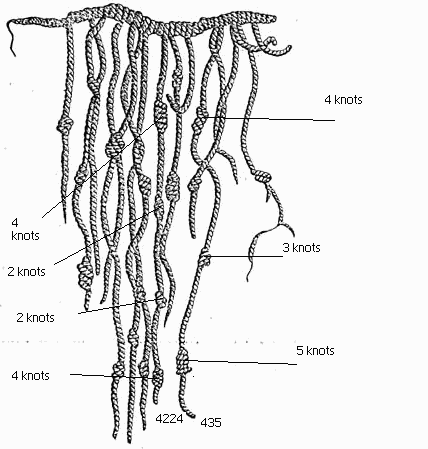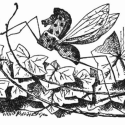
What is writing, exactly? That question began to fascinate me as I worked on my master’s degree (in Spanish linguistics). There are a few posts on this blog on the topic (for example), but it’s a question that I haven’t yet grown tired of.
On the surface, we think of writing as a simple representation of speech. But that may not be quite right. That view would imply that the whole history of writing, from pictographs and other early information systems (flags, knots, etc.) was teleological from the start, just searching for the “correct” way to represent a spoken language that was already totally understood.
A 1996 paper by David R. Olson, “Towards a Psychology of Literacy,” challenges the assumption of writing-as-representation and introduces instead a view of writing as a model for language.
Olson traces the evolution of writing in this light, discussing the movement from representing tokens to representing words (towards the abstract). This movement occurred as syntax (what you might loosely call “grammar”) was introduced and began to complexify. With syntax, writing came to shed light on the structures of speech. The next movement was from thinking of whole words to thinking of units of sound, and from there the development of writing continued to facilitate the analysis of language in many ways—on the level of sentence meaning, for instance.
The cognitive changes that go along with the development of writing and literacy (discussed, for instance, by Walter Ong), are due to this mode of analysis. Some of the changes Olson discusses are a reduction in the felt magic of symbols, and the transformation of words and sentences into objects of contemplation and philosophy.
In summation, Olson writes:
In this way, writing systems, rather than transcribing a known, provide concepts and categories for thinking about the structure of spoken language. The development of a functional way of communicating with visible marks was, simultaneously, a discovery of the representable structures of speech.
On this view, learning to read is not simply a matter of learning the symbols that correspond to already-understood units of language, as is often assumed in pedagogy. Rather, it is a metalinguistic activity—it involves the discovery of those very units. Learning to read is essentially learning to tune in to your language and analyze it.
Thus writing is, by its very nature, a reflective activity. And so we have further grounds for why the practice of writing is conducive to self-reflection (what can be called the hermeneutic capacity of writing). As historian Lynn Hunt says, writing leads to thinking.
 Follow
Follow

